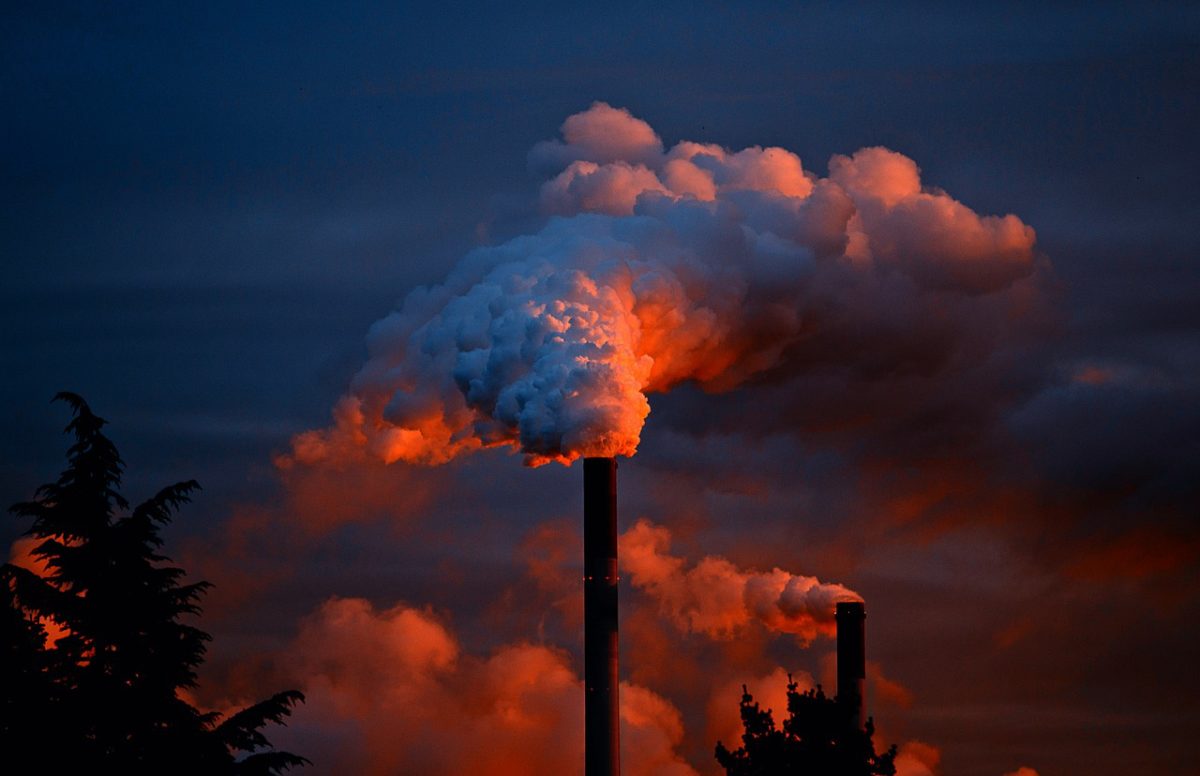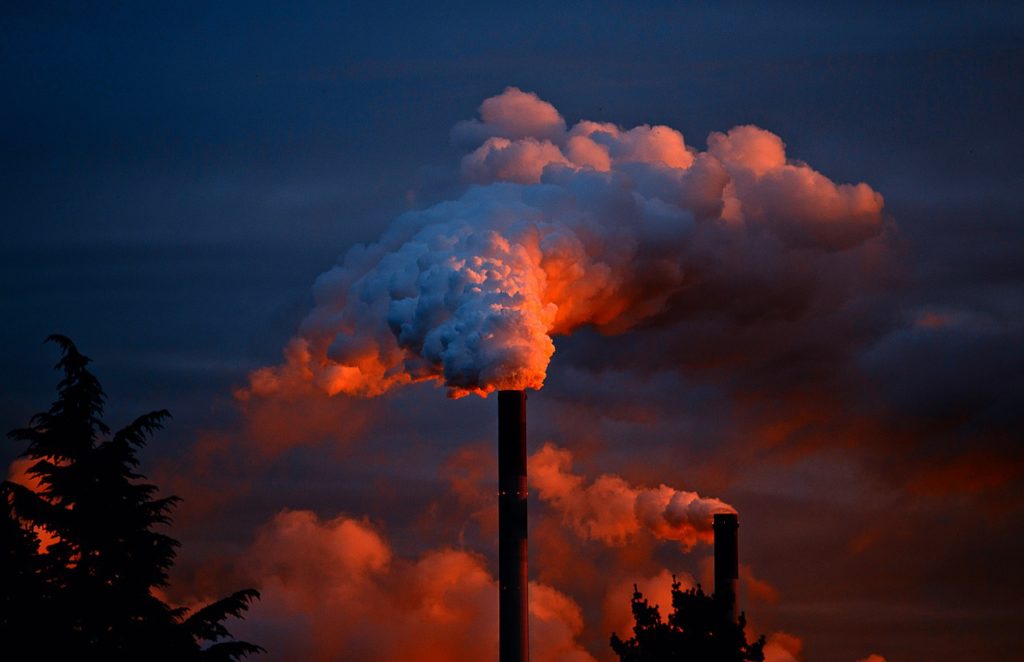
What on Earth has pollution got to do with recruitment trends? Well ‘Earth’ is the key word here, or the utilisation of its resources to be precise. Mainland China has been a major driver of growth in the APAC Energy and Environmental Sectors. With annual GDP increasing at around 10% in the last decade—China is now the world’s top producer and consumer of coal. Natural gas consumption is also expected to grow by over 22% in 2011, and China has been the world’s third-largest oil importer since 2006. This surge in the Energy and Environmental Sectors is creating a huge demand for skilled workers in these areas.
Good news for recruitment
Chris Kiernan who heads the APAC team of Macdonald & Company recently announced the opening of its APAC Environmental and Energy practice in Hong Kong. First of its kind in the region, the new practice brings recruitment services and support to these fast-growing environmental and energy sectors, most notably in mainland China. Kiernan said, “Hong Kong, mainland China and the rest of the region are experiencing an economic miracle that presents a number of energy and environmental challenges, and the very best talent is needed to find innovative solutions.” William Buck, Managing Director, Macdonald & Company pointed out, “This explosive growth in Asia-Pacific has opened up a wave of recruitment opportunities in the energy and environmental sector.”
Bad news for staying alive
With the ‘explosive growth’ of power stations in China, it comes as no surprise that PRC is the world’s top producer of CO2 emissions, along with the host of other pollutants that regularly drift over Hong Kong skies. A World Health Organization (WHO) report estimated that diseases triggered by indoor and outdoor air pollution kill 656,000 Chinese citizens every year: giving China the unenviable award of the highest number of annual premature deaths triggered by air pollution in the world. Previous efforts to impose stricter environmental measures and pollution levies on larger power stations in China, simply led to the establishment of a greater number of smaller-scale power plants that are not subject to such stringent environmental levies.
China gets tough on pollution
The Chinese authorities also now recognise the need for tighter controls, and an ‘unofficial, informal translation’ of the very-briefly named, ‘Notice of the General Office of the State Council about Forwarding Guiding Opinions on Pushing Forward the Joint Prevention and Control of Atmospheric Pollution to Improve the Regional Air Quality Developed by the Ministry of Environment Protection and Relevant Departments’ quotes The Ministry of Environment Protection, the National Development and Reform Commission, the Ministry of Science and Technology, the Ministry of Industry and Information Technology, the Ministry of Finance, the Ministry of Housing and Urban-Rural Construction, the Ministry of Transport, the Ministry of Commerce and the Bureau of Energy in China as recognising the problem as follows, “In recent years, acid rain, haze, photochemical smog pollution and other atmospheric pollution problems in some regions of China has become increasingly distinct, severely threatening people’s health and impacting environmental safety. Successful experience at home and abroad proves that we must adopt regional joint prevention and control measures as early as possible to tackle regional atmospheric pollution problems. Now we put forward the following opinions on pushing forward the joint prevention and control of atmospheric pollution and improving the regional air quality, with a view to further reinforce the work of air pollution prevention and control.” (Source: US-China Energy Cooperation Program, American Chamber of Commerce in China).
As a result, the mainland Chinese government is now taking stricter measures to reduce CO2 emissions by 2020 to 40% to 45% below 2005 levels, and is investing RMB 4 trillion in smart grid technology over the next decade to save energy, reduce costs and hopefully reduce pollution to boot. Measures to be implemented include:
- Strict control of emissions from coal combustion: controlling the construction of coal-fired projects in key regions and pilot regional coal consumption caps. Increasing construction of low-sulfur and low-ash coal distribution centres, and building demonstration projects of multi-pollutant control technologies such as combined control of SO2, NOx, particulates and mercury for thermal power units.
- Vigorous promotion of the use of clean energy: promoting the use of natural gas, liquefied petroleum gas, coal gas, solar energy and other clean energies in cities. Promoting energy conservation in industry, transportation and buildings and enhancing energy efficiency.
- Developing urban district heating systems with better SO2, NOx and particulate control. Developing cleaner coal technologies, and stepping up efforts to demonstrate and promote highly-efficient, cleaner-coal boilers for district heating.
Hong Kong efforts
The Hong Kong Government also agrees that Hong Kong's air pollution is mainly contributed by motor vehicles and power plants. They concede, “Smog is caused by a combination of pollutants mainly from motor vehicles, industry and power plants in Hong Kong and the Pearl River Delta.”
As such, the Hong Kong Government is working hard to reduce emissions and as of 2009, a comprehensive programme to reduce street-level pollution had lowered the roadside levels of respirable suspended particulates and nitrogen oxides by 33% and 31% respectively compared with 1999. The Environmental Protection Department completed a comprehensive study in 2009 to review the air quality objectives and develop a suitable long-term air quality management strategy. According to the Government website they are currently at the stage of, “Considering the best way forward to update the Air Quality Objectives and how the new Objectives could be achieved.” The government has also launched an environmental initiative aimed at reducing CO2 emissions 50% to 60% from 2005 levels by 2020, and many local businesses are seeking to ‘green up’ by cutting energy costs and increasing energy efficiency. The SAR Government is also working with the authorities in Guangdong to help further reduce regional emissions.
The future
Recruitment is up, but so is air pollution—if the region is to remain an attractive one for expatriates to relocate to and to give regionally-based organisations a fighting chance of attracting and retaining key overseas talent—action needs to be taken, and needs to be taken quickly. Clear The Air, a Hong Kong based charity committed to improving air quality, has made several recommendations to the Hong Kong Government. Suggested measures include:
- mandatory retirement of old polluting diesel vehicles—currently over 70,000 of them;
- mandatory installation of fine particulate agglomerators on local coal power plants to cut emissions of asthma causing RSP;
- removal of duty on ULSF for all commercial ships and ferries using Hong Kong waters; and
- reduction of road traffic in city centres via ERP.
If these measures are implemented, on a regional basis, and the promises made by the Governments on both sides of the border are kept, then the region should once more see blue skies both literally and metaphorically in terms of easier recruitment and enhanced retention of global talent.





